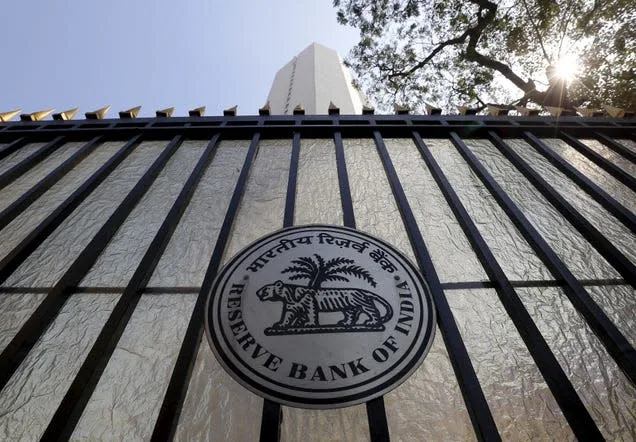
The Reserve bank of India (RBI) is set to pilot digital currency.
“E-rupee or digital rupee will provide an additional option to the currently available forms of money. It is substantially not different from banknotes, but being digital it is likely to be easier, faster, and cheaper,” said the central bank’s Oct. 7 concept note (pdf).
The RBI has been working in a phased manner towards a digital currency’s launch, although there is no deadline.
“Currently, we are at the forefront of a watershed movement in the evolution of currency that will decisively change the very nature of money and its functions,” it said.
What do we know about the e-rupee so far
The e-rupee will be released in two forms: wholesale for interbank settlements and retail for the public. Although issued by RBI, commercial banks can distribute digital currency further.
One has to hold it in an e-wallet provided by a bank or any registered service provider, the RBI note said.
Unlike cryptocurrencies, which are private in nature, RBI’s Central Bank Digital Currency (CBDC) will be issued and controlled by the central bank itself.
How will e-rupee work?
The transfer of e-rupees to the general public will happen through a token-based system. A person transferring the digital currency must have the recipient’s public key (a sort of digital address). The transfer is made using the recipient’s private key (a unique password) along with the public one.
“…Unique tokens based on agreed techniques would need to be created, which may be slightly resource-intensive,” the RBI concept note said.
Transactions are likely to be partially anonymous: Transactions with higher amounts may have to be disclosed mandatorily, while those of smaller ones can remain anonymous, just like in cash transactions.
The RBI isn’t in favour of the e-rupee earning interest. It believes that if the e-rupee earns interest, users may withdraw funds from banks and convert them into digital form, affecting India’s financial and banking system.
























